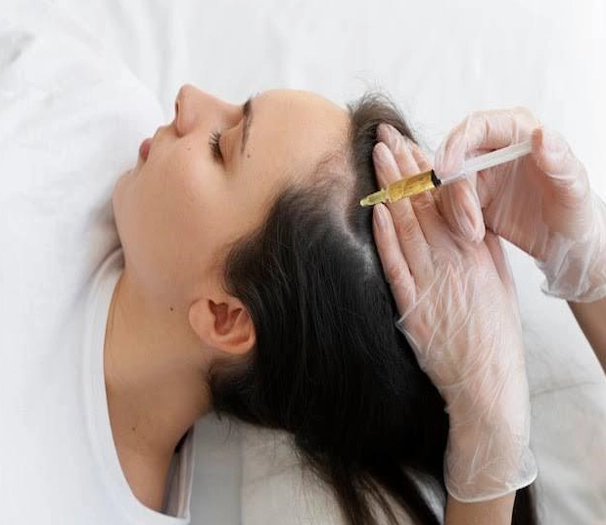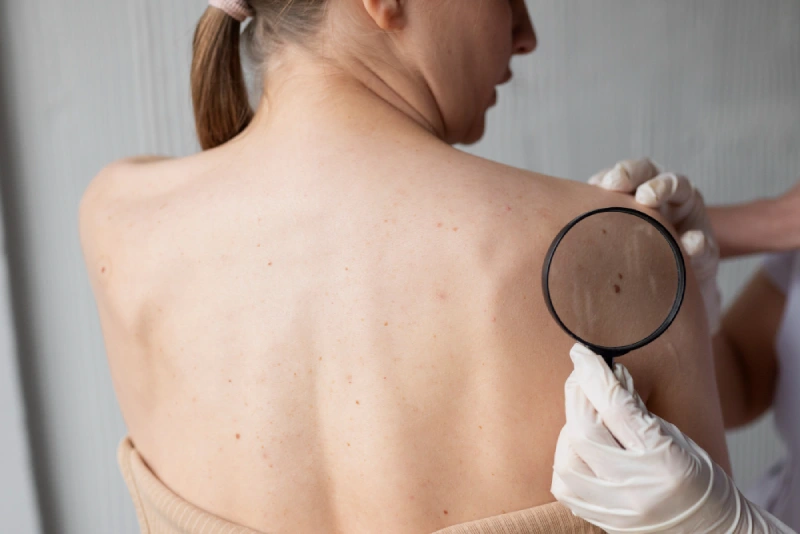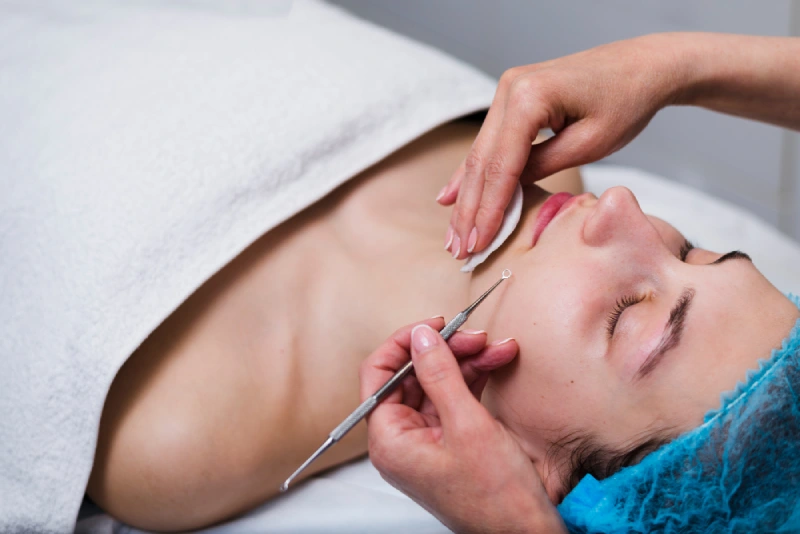What Exactly is Skin of Color?
The United States is a beautifully diverse country full of people from many ethnic and racial backgrounds.
Blacks, Hispanics and Latinos, Asians, Native Americans, and Pacific Islanders are some of the groups considered to have skin of color. In general (but not always) they have deep skin tones.
Not a lot of research has been done on this topic, but there seem to be some similarities in how skin of color behaves. People with skin of color tend not to burn with sun exposure and have lower incidences of skin cancer than people with melanin-poor caucasian skin. They also seem to have higher rates of keloid scar development, post-inflammatory hyperpigmentation, and certain types of hair loss.
Tips For Taking Care of Your Skin of Color
- Just because you may not burn in the sun doesn’t mean you should skip daily sunscreen. People of color may have lower skin cancer rates than caucasians, but it’s still possible for you to develop skin cancer. Excessive sun exposure is also the number one way to prematurely age your skin. Protect yourself by wearing sunscreen every day.
Skin care brands have historically done a terrible job of creating sunscreens that don’t leave a white cast on skin of color, but thankfully that is finally changing. There are many brands available today that make sunscreens that sit beautifully on darker skin tones.
- People with darker skin tones are at risk of developing post-inflammatory hyperpigmentation (PIH) due to acne or other inflammatory conditions that disrupt the skin barrier. PIH is when a dark mark is left after the original injury to the skin is healed.
If you are prone to PIH, it is in your best interest to seek immediate treatment for inflammatory conditions like acne. The sooner you get the root cause of inflammation under control, the less PIH you’ll have to contend with.
PIH is another reason you don’t want to skip your sunscreen. The less sun exposure you have, the less obvious PIH looks.
There are numerous topical treatments that can help with PIH. Retinoids, azelaic acid, vitamin C, kojic acid, and niacinamide are all excellent options.
If all else fails, you can talk to your dermatologist about available in-office treatments that can improve PIH.
- Speaking of in-office treatments, it’s important to know that while some peels and lasers may not work for your skin type, there are some that absolutely will.
Peels
While more intense peels might trigger PIH in skin of color, there are plenty of options that have been shown to work well with minimal complications.
Alpha hydroxy peels like glycolic acid, salicylic acid, and lactic acid are commonly used to refine the texture and even out the tone of skin of color. Jessner peels and low intensity TCA peels can also be used. Talk to your dermatologist or aesthetician to decide which peel is best for helping you reach your skin goals.
Lasers
People with skin of color are more limited when it comes to laser treatments due to the risk of hyperpigmentation, burns, and scarring. These complications can occur because high melanin levels in the skin hold onto heat from the laser which then causes inflammation and injury.
There is one laser that completely bypasses skin pigment, eliminating these risks. It is called the Nd: YAG laser, and it is mainly used for hair removal. Several non-ablative lasers (lasers that don’t physically injure the skin surface) are also regularly used for gentle resurfacing and collagen building in skin of color.
New generation lasers are looking promising for all skin types, regardless of melanin level. Hopefully soon there will be many more safe and effective options for people of color.
- Perhaps the most important tip for taking care of your skin of color is finding a skin care professional who understands your skin. Dermatologists across the country report that they did not learn enough about skin of color in medical school.
If you don’t already have a dermatologist you can trust, you can check online for doctors who have experience with skin of color. BDD (Black Derm Directory) is a great resource for finding board-certified dermatologists who will be able to give you appropriate care for your skin type, whether aesthetic or medical.
In Conclusion
Minimizing inflammation and protecting your skin from the sun are important day-to-day skin care habits, and finding a dermatologist with the right experience and knowledge base to give you the care you deserve is an important long-term goal. These simple actions can help keep your skin of color healthy and beautiful for years to come.




